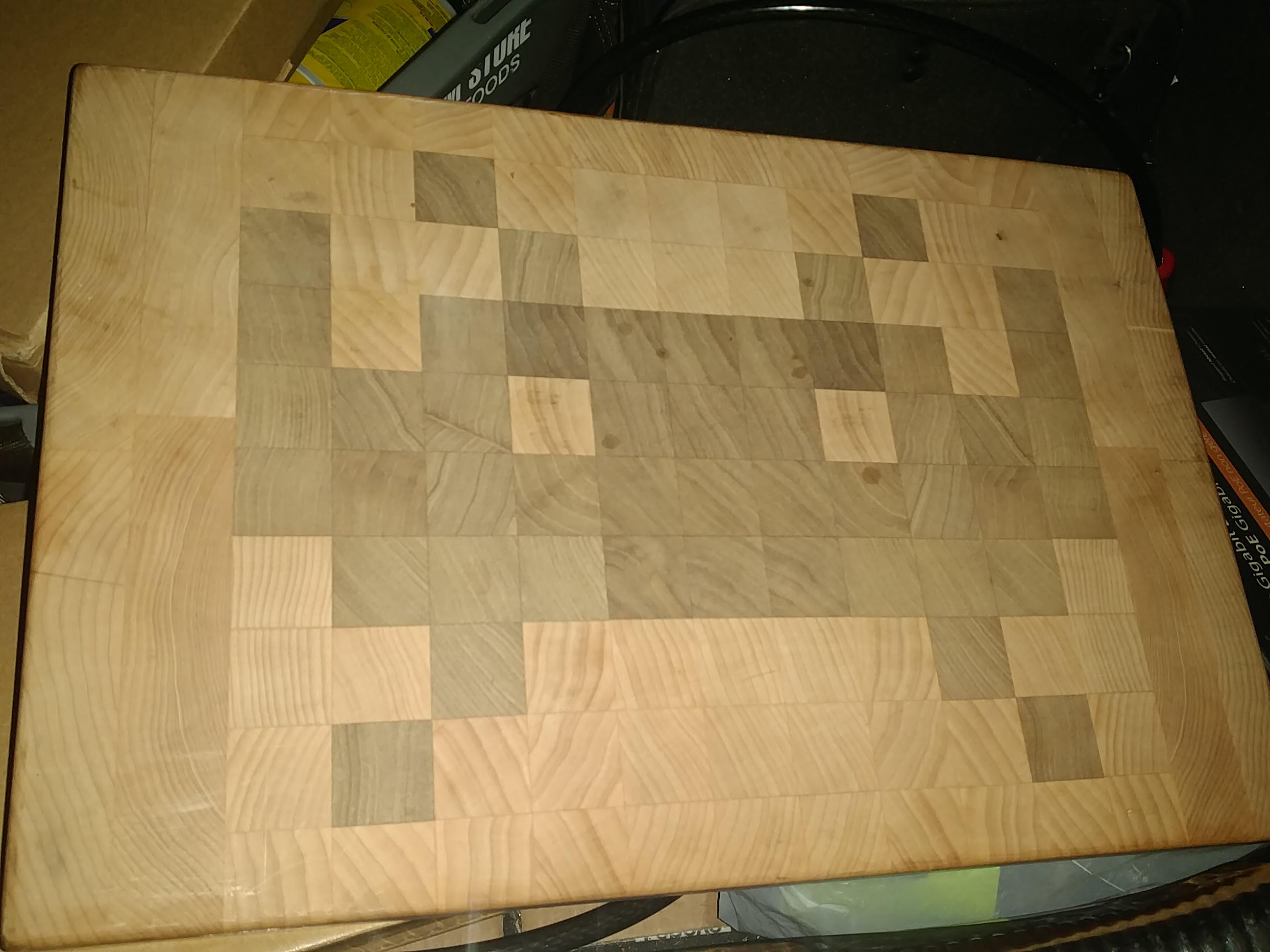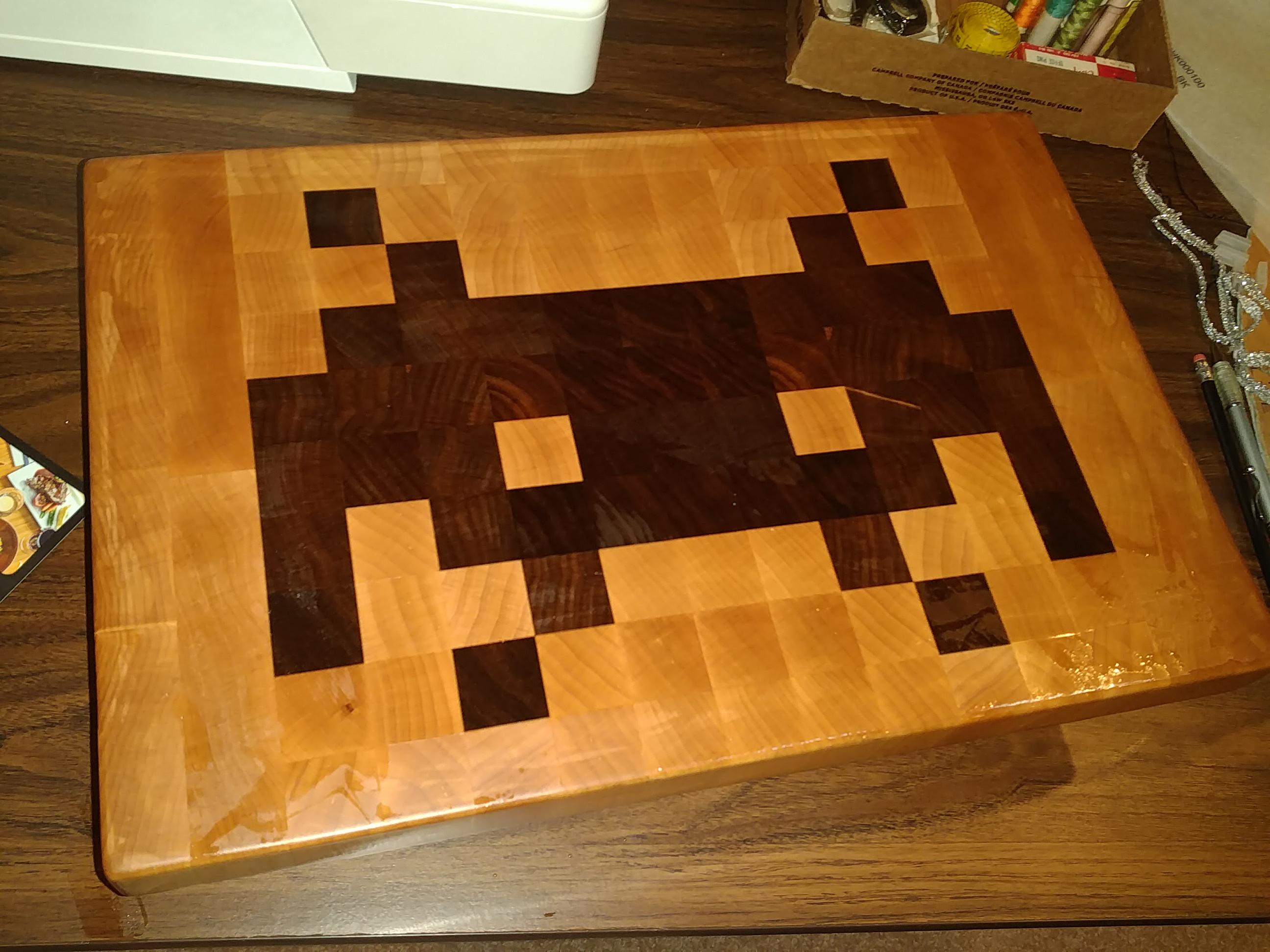John Loftis
KKF Vendor
- Joined
- Apr 6, 2012
- Messages
- 255
- Reaction score
- 270
Right, I also though think, that soap only gets the surface. Considering how many times that oil is left on overnight and gets below the surface, while it makes sense the surface gets dried out, I just don't know where the rest goes. I'm just waiting to hit a point of diminishing returns.
I didn't make your board, so I can't offer specific advice. I typically soak ours for an hour or two in an oil tank before buttering and shipping. While our butcher blocks do need to be re-oiled, it's definitely not to the extent you are describing. And if the maker soaked it for a week, it should be completely saturated and literally dripping with oil. So something doesn't add up.






